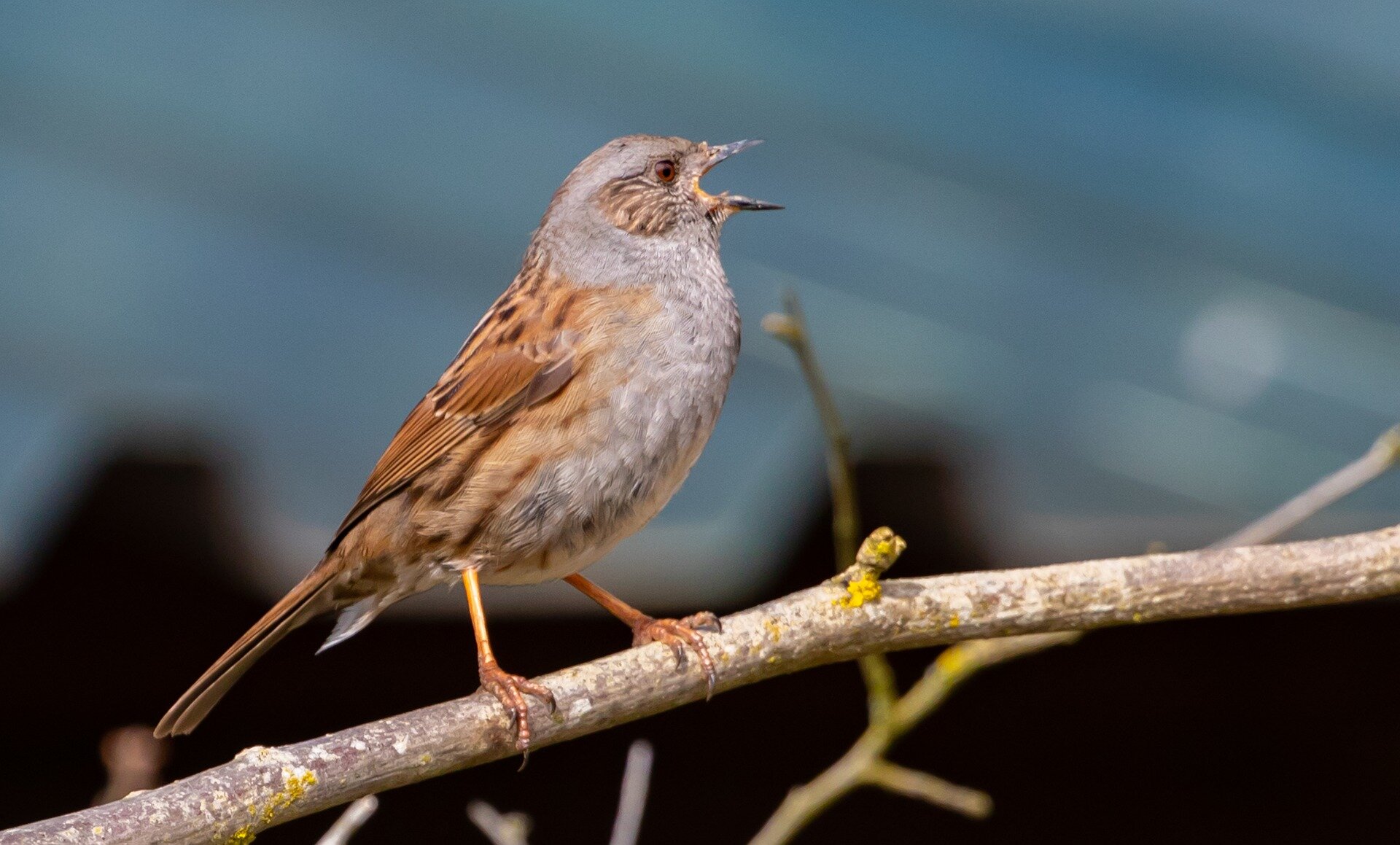
Dunnock
Hedge ‘warbler’, surprise rogue
The dunnock is often overlooked among our common birds. That is much to do with its subtle appearance and habit of poking about quietly under bushes, but also because of its rather nondescript song.
However, like the robin and wren, the dunnock is one of the birds many of us are likely to hear around us though the year.
Song notes
The sweet, high-pitched tumble of notes sounds somewhat thin, almost fragile.
It can be most noticeable on bright frosty days, when its crystalline qualities somehow complement the weather conditions.
There isn’t much of a tune to hang on to. The best approach is simply to become familiar by repetition.
Dunnocks like to sing from a lowish position, often around head height. They may perch out in profile while in song, but are as likely to be tucked a little way in to a shrub, making them easy to miss.
The experience of listening to a dunnock is possibly enhanced by knowledge of its subversive private life.
This has not always been well understood. The Reverend Frederick Morris, a Victorian ornithologist, urged his parishioners to see in the dunnock a model for their own behaviour:
Unobtrusive, quiet and retiring, without being shy, humble and homely in its deportment and habits, sober and unpretending in its dress., while still neat and graceful, the Dunnock exhibits a pattern which many of a higher grade might imitate, with advantage to themselves and benefit to others through an improved example.
While few would argue about the modesty of the bird’s appearance, more recent studies of dunnock behaviour have revealed that far from the sober role models they have been cast into, dunnocks are in fact notably promiscuous.
Both males and females are prone to taking multiple partners during the breeding season, forming complex sexual arrangements and mating with high frequency.
Media credits
Rough pasture image by PicsByFran
